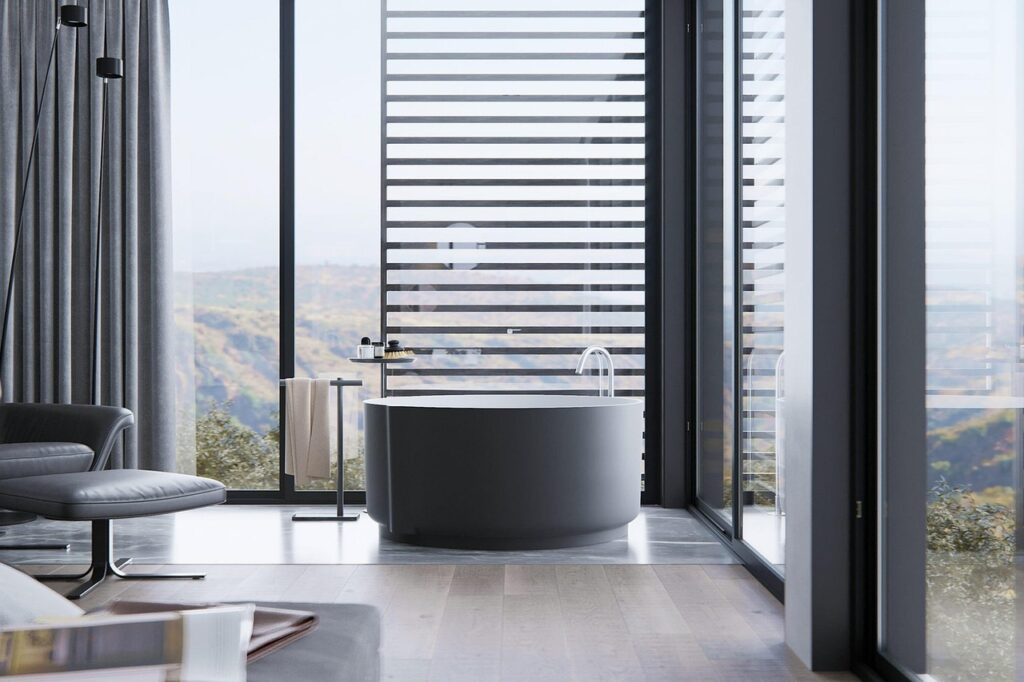
We’ve all been there: you’re presenting a concept, laying out your design logic, and the client slides in with: “I saw this on Pinterest, can we do something like this instead?”
Welcome to the age of highly visual, emotionally driven clients. With platforms like Pinterest, Instagram, and even YouTube inspiring people every day, clients arrive at your doorstep already attached to certain aesthetics even if they don’t fully understand them. But don’t worry this doesn’t have to be a war between design integrity and mood board dreams. It’s an opportunity to blend vision with expertise.
The Real Problem
Clients today are exposed to thousands of curated images before they even consult a professional. These images are often taken out of context: a Scandinavian home designed for cold climates might be shown as a reference for a tropical Indian home. A New York loft might look stunning in a photo, but practically fail when placed in a suburban setting.
What’s really happening is this: they’re emotionally attached to a vibe, a mood, or a moment they saw online. But they may not understand what makes it work—or whether it fits into their own space and lifestyle.
Your job isn’t to fight them. It’s to decode what they love, distill the essence, and deliver something even better.
How to Handle It Like a Pro

1. Don’t React. Translate.
Never shut it down immediately. Ask: “What exactly do you like about this?” Maybe it’s the raw concrete texture, the open shelving, or the cozy lighting. Once you isolate the element, you can reinterpret it through your design lens creating something original but aligned with their emotional vision.
2. Educate Gently, Don’t Lecture
Educating a client doesn’t mean dumping technical jargon on them. Instead, use simple language and visual comparisons. Explain why a certain material might not work in their climate, or how certain layouts affect functionality. Make them feel involved and informed, not embarrassed or ignored.
3. Control the Visual Narrative

Most Pinterest images are highly stylized, photoshopped, or designed for short-term wow factor. To ground the client in reality, show them your own visuals previous projects, in-progress shots, material boards, or realistic 3D renders that capture the same emotion. You’re not copying you’re curating something better suited to them.
4. Build the “Reality Check” Space Into Your Process
Before the fantasy becomes a frustration, have a dedicated checkpoint in your design process for “concept grounding.” This is where you align vision, budget, and real-life constraints. Use side-by-side comparisons: Pinterest vs Feasible Solution. It helps clients make informed decisions and saves you headaches later.
5. Stay Open, But Don’t Let Go of the Wheel

Let them feel heard. Validate their aesthetic interest. But don’t become a draftsman. You are the professional. Guide them through the excitement of their reference without letting it dictate the outcome. Set boundaries, but keep collaboration alive.
Real-Life Example: Turning a Trend into Timeless
One of our recent clients was obsessed with a Pinterest kitchen white marble everywhere, no upper cabinets, huge island. It looked dreamy in the image. But their space was compact, and the budget was mid-range. We broke down the core elements they loved: brightness, openness, minimal clutter. We reimagined the kitchen with off-white quartz, clever storage solutions, and open shelving. They loved the result and it was rooted in their space and lifestyle.
This is the art: pulling inspiration from the surface and translating it into something timeless and personal.
Bonus: Make It a Trust-Building Moment

If you approach the “Pinterest moment” with empathy and leadership, you actually build more trust. The client sees that you value their input but elevate it with clarity and experience. That’s when they stop seeing you as a service provider and start seeing you as a partner.
Final Word
The “Pinterest Client” isn’t your enemy. They’re just creatively overwhelmed. With the right blend of empathy, education, and direction, you can transform their chaos into clarity and deliver a result that’s not only aesthetically pleasing, but also sustainable, functional, and deeply personal.

